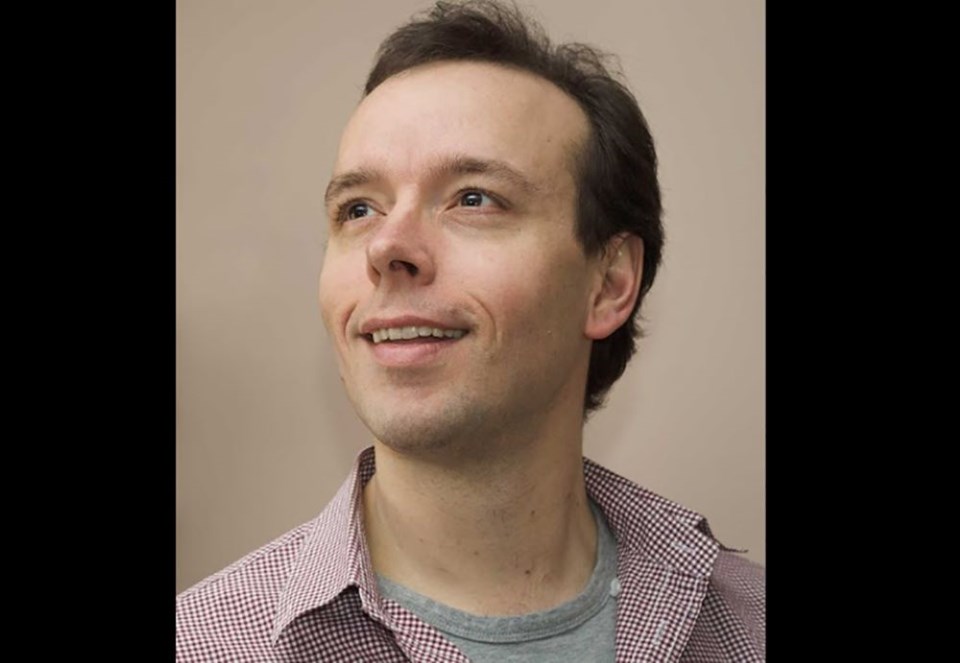In a response to the decision made by city council during the Dec. 16 city council meeting to go with Option 2 of the Civic Core Plan, PGSO’s executive director Ken Hall wrote a letter to mayor and council.
“I wanted to take the time to thank you for moving forward with the project to create a multi-use district to revitalize the downtown core on Monday night,” Hall wrote. “I also applaud the vision to create a connected, walkable multi-use complex that draws citizens and visitors of all types to the area.”
During an interview with The Citizen, Hall said he thinks the plan is a start.
“I think it’s exciting to see the city working on something – again,” Hall said.
“It’s not like this is the first time they started a project like this so we’re thrilled to see the engagement by the council and mayor. They seem to recognize that this is a big opportunity to move the city forward and just want to make sure the process happens in a way that we end up with a proposal that goes to the citizens that is exciting and well thought out and has some logic behind it.”
Hall wrote that he had a couple of thoughts about the space that was designated as a future performing arts centre, mentioning a separate plan drawn up by Mayor Simon Yu.
“On the hall size: Acoustic halls tend to be tall anyway, so adding balconies is an effective way to make a flexible audience space. Put 450 seats on the main floor, 50 in loge seats, 350 on balcony(s), and 150 on a choir loft behind the stage, and you have a 1,000-seat hall that can be made to feel like a 450, 600, 850 or 1,000-seat hall just by adjusting some light switches. I am a little skeptical about a partitioned space for many reasons, including acoustics as noted by Mayor Yu. I simply urge you to keep your options on the table.”
Hall continued to say that an 800-seat acoustic hall, as favoured by the symphony, a 1,400 seat proscenium theatre suggested during the meeting by Coun. Kyle Sampson to accommodate touring shows and a black box theatre also mentioned during the meeting are three very different spaces.
“There are fundamental differences not just in the size, but in the stage design, construction materials, room dimensions, lighting, acoustic design, wing size, need for a fly tower, etc., that must be taken into account for each potential user group,” Hall wrote in his letter.
“There are ways to mitigate these differences, but it may be easiest in the end to simply build more than one room. There are many potential synergies in shared lobby space, box office, washrooms, backstage facilities, loading dock, office and rehearsal spaces, utilities, parking, etc., that make a shared facility make a lot of sense either way.”
During the interview Hall mentioned that he didn’t say in the letter to council that while it’s important to have that space for the symphony, it only works for the city if it’s a space that can be used by lots of different groups.
“One of the things that I’ve been saying and some of my colleagues have been saying is wouldn’t a thousand-seat beautiful concert hall make a great keynote space for the convention centre,” Hall said. “I know the mayor was very passionate about saying we need to expand the conference centre and I can agree with that but I think part of that expansion is the performing arts centre.”
Hall continued his letter by saying the PGSO remains open to compromise and discussion on the facility design.
“But I would again urge you to keep all options on the table at this point to work toward a performing arts centre that serves as many groups and attracts as many visitors as possible. I only worry that a facility that is such a compromise isn’t really a good fit for anyone and will not ultimately serve your goals.”
Hall used an analogy during the interview.
“There needs to be very different physical spaces,” he said.
“I like to use the analogy of a stadium. You can have a baseball stadium or a football stadium or a track and field stadium or a soccer stadium - they’re all stadiums but what’s actually in them is all very different.”
A stadium built for track and field would not be good for baseball, Hall explained.
“And it’s the same with theatres,” he said. “There are very different styles and sizes of theatres that work for different things. So we want to make sure that it is very clear that we know what we’re building here. So it might be the perfect spot for the symphony but we need to know what that room can be used for and we don’t want it to be too broad either because if you try to build a room for everything then it won’t work for anything.”

.png;w=120;h=80;mode=crop)

